Balanced Rock
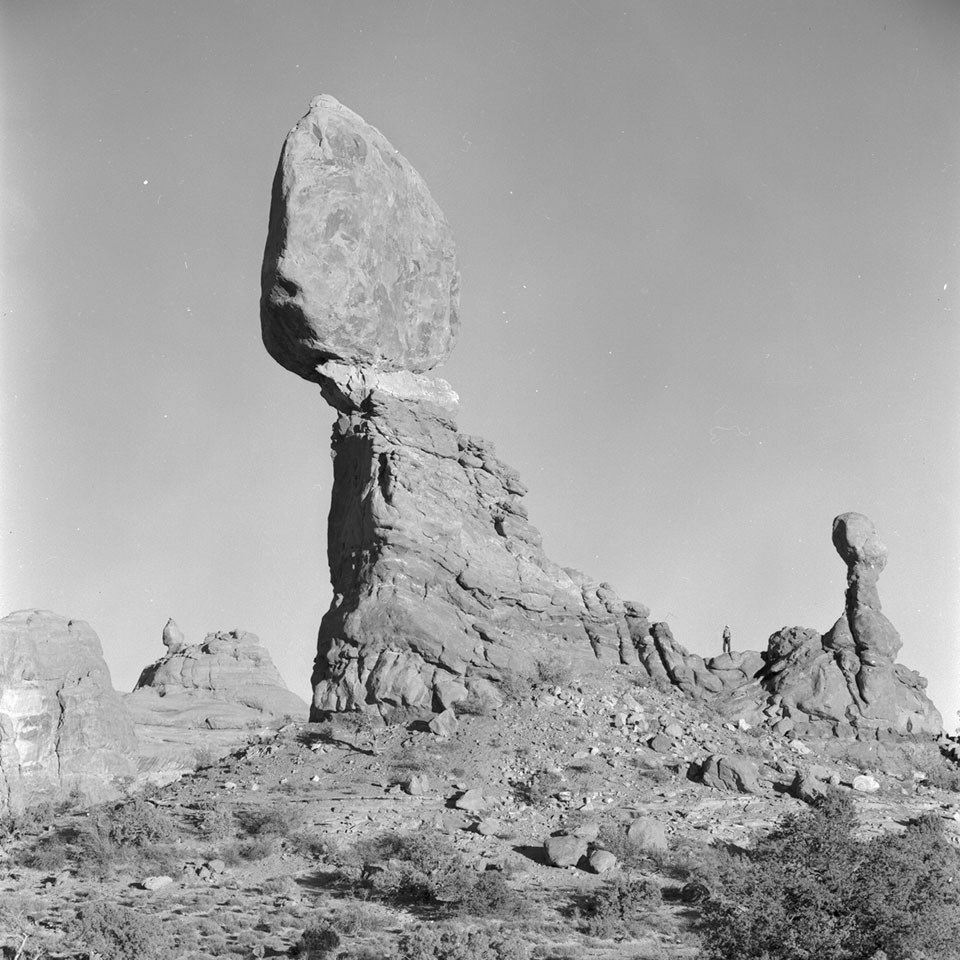

Left image
Credit: NPS
Right image
Credit: NPS/Neal Herbert
Wall Arch Collapse

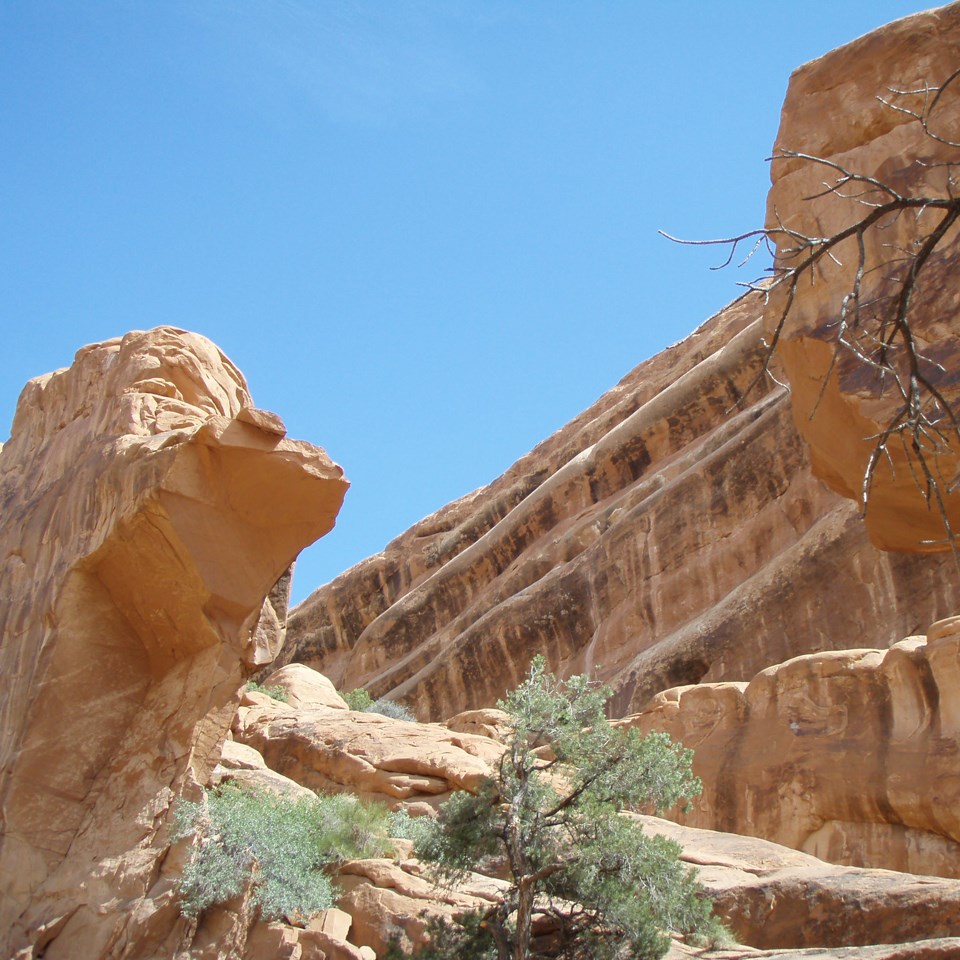
Left image
Wall Arch prior to its collapse
Credit: NPS
Right image
After the collapse of Wall Arch
Credit: NPS
Skyline Arch Rockfall
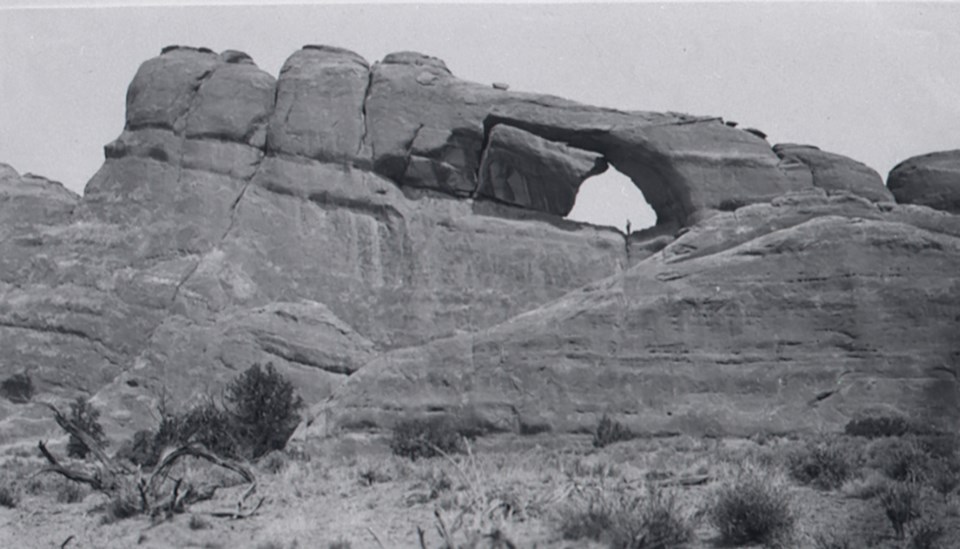
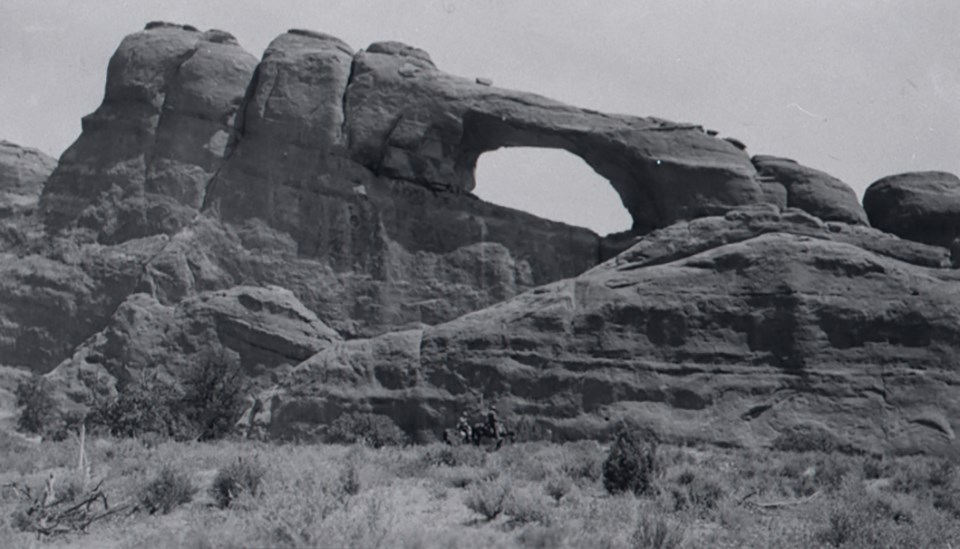
Left image
Skyline Arch before the 1940 rock fall
Credit: NPS Photo
Right image
Skyline Arch after the 1940 rock fall
Credit: NPS Photo
Marching Men
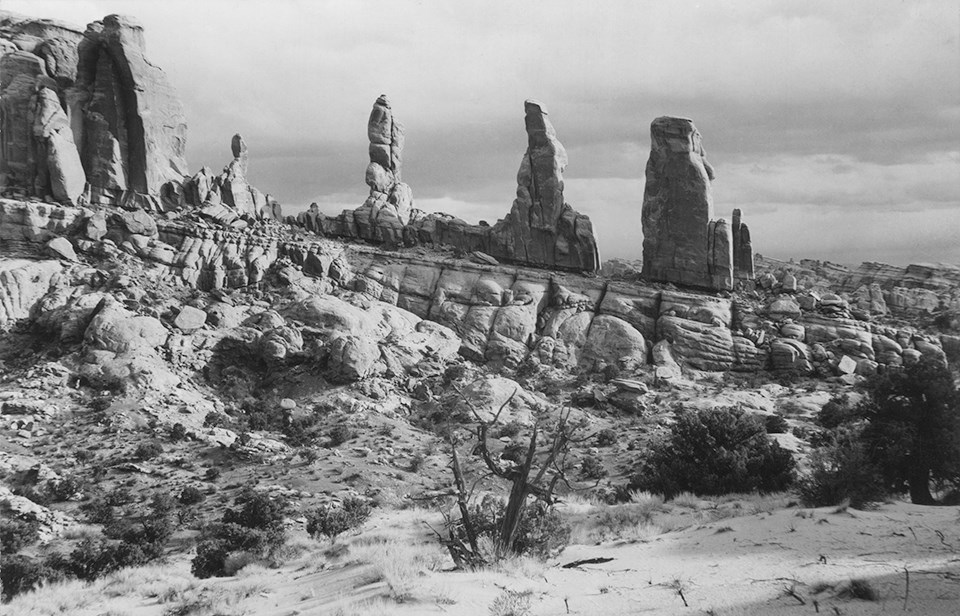
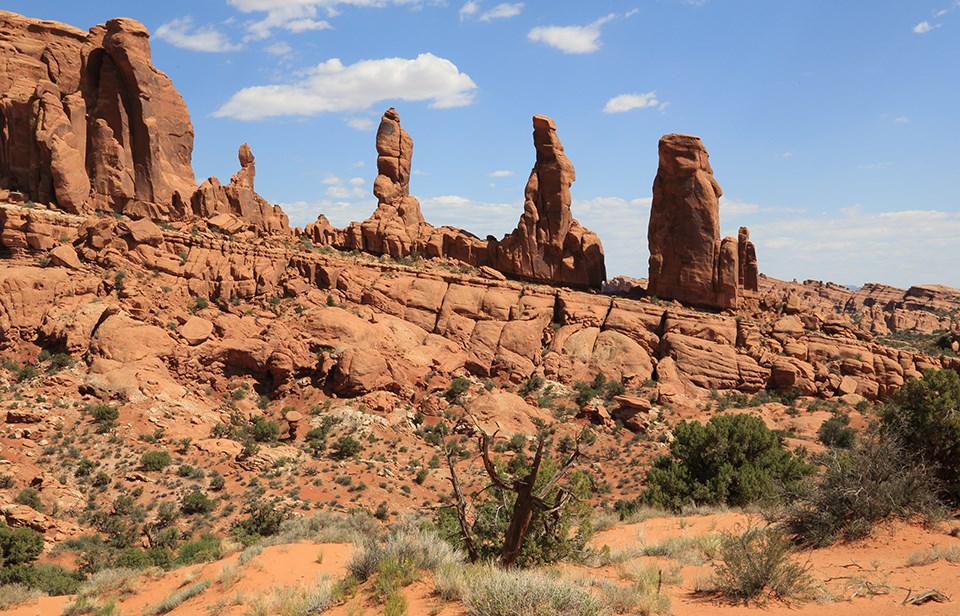
Left image
Credit: NPS
Right image
Credit: NPS
North Window
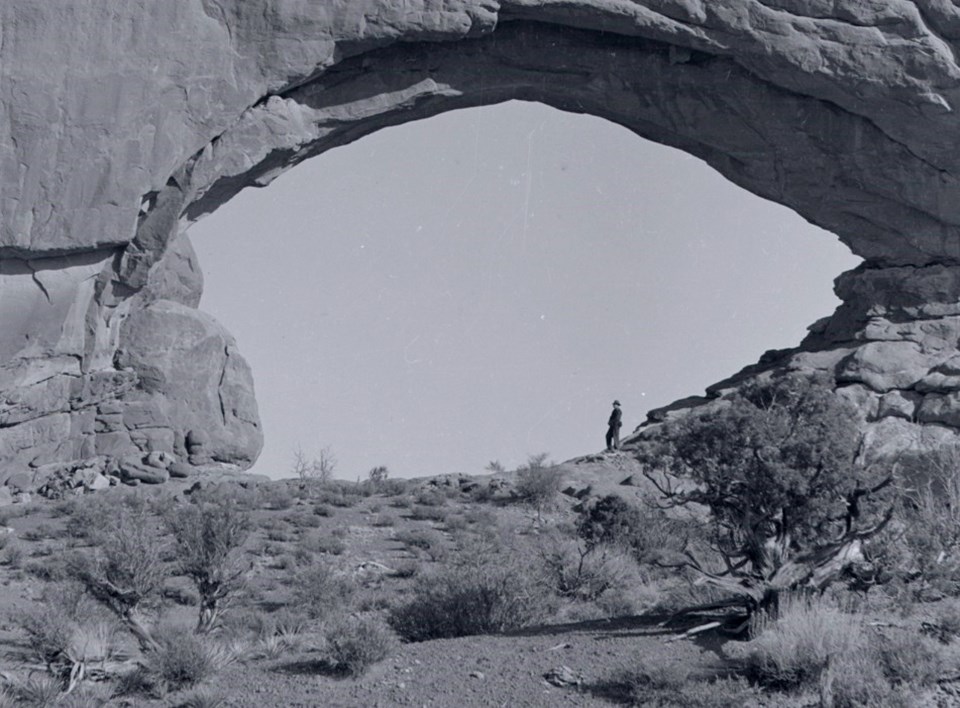
Left image
Credit: NPS
Right image
Credit: NPS
Arches Entrance
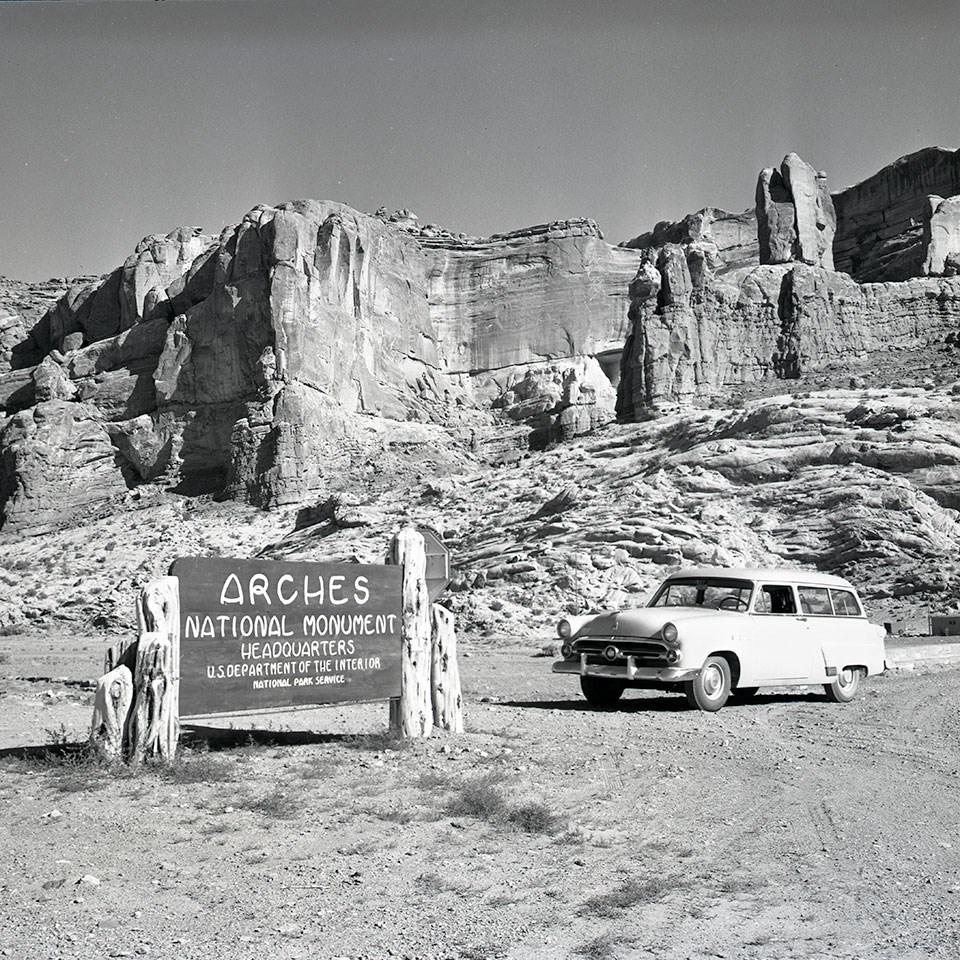
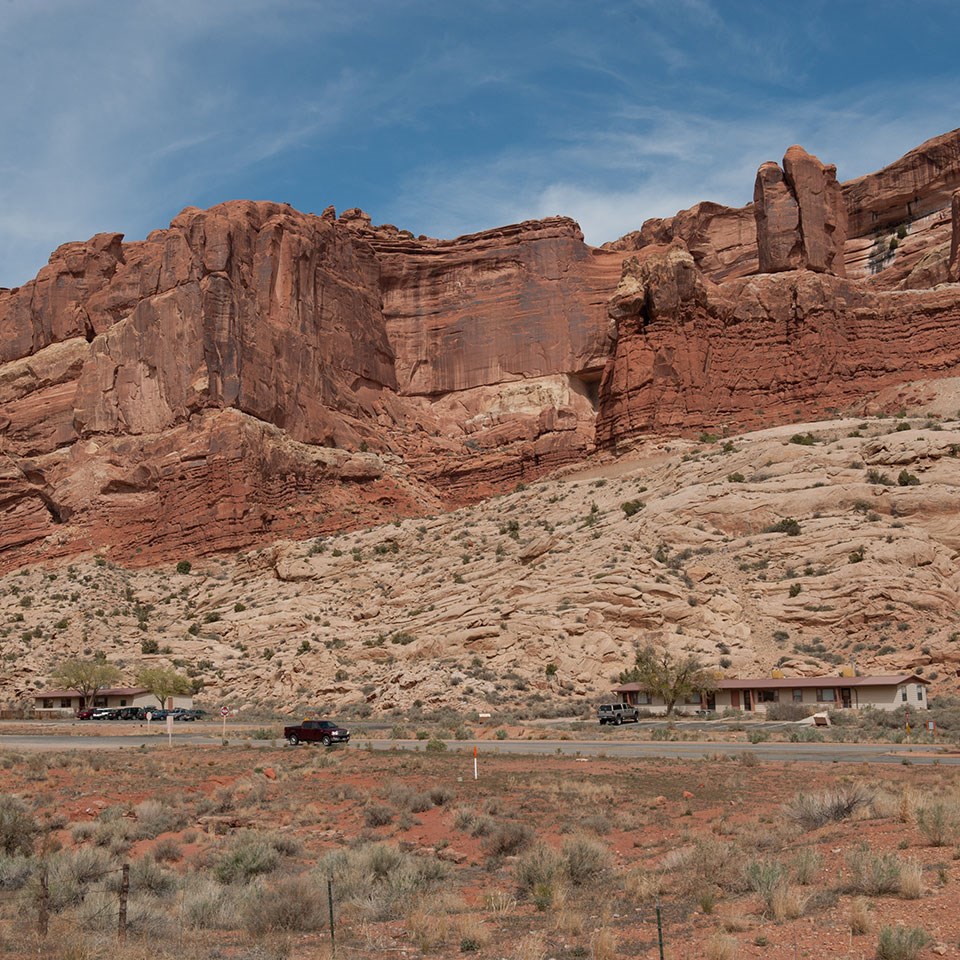
Left image
A 1950s-era photo of the entrance to Arches National Monument
Credit: NPS
Right image
A 2010s-era photo of the entrance to Arches National Park
Credit: NPS/Neal Herbert
Last updated: April 9, 2020
